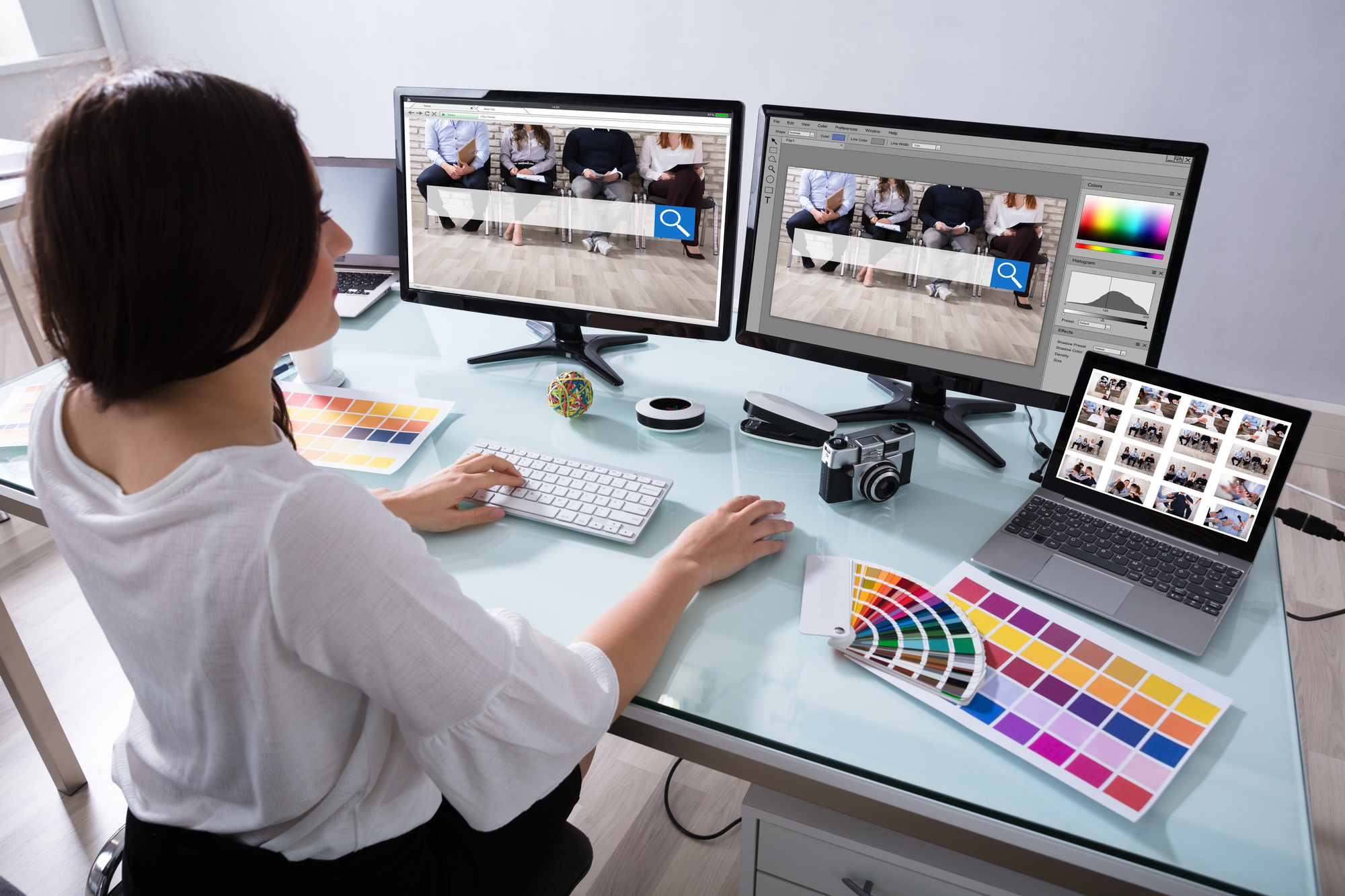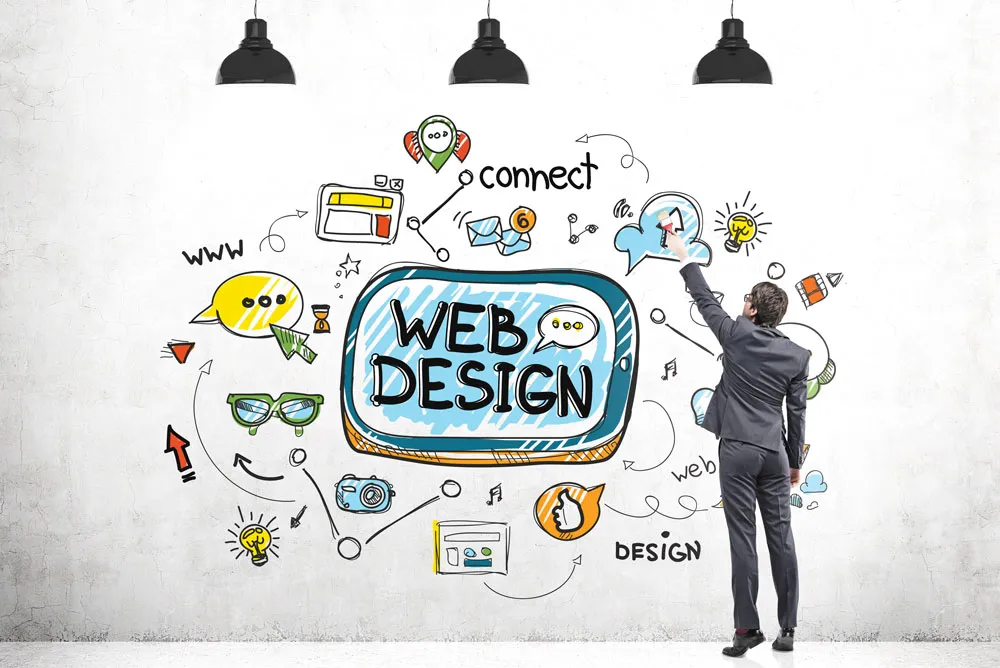A Step-by-Step Overview to Launching Your Site with Web Design Gauteng
A Step-by-Step Overview to Launching Your Site with Web Design Gauteng
Blog Article
Checking Out Various Kinds Of Web Style to Improve Individual Experience
In the ever-evolving electronic landscape, the exploration of diverse web layout techniques is extremely important for improving user experience. Incorporating interactive aspects further enriches the individual trip, making websites much more interesting and vibrant.
Responsive Website Design
In an era where electronic consumption goes beyond several devices, responsive internet design has actually become a cornerstone of reliable individual experience. The ubiquity of mobile phones, tablet computers, and varying display dimensions necessitates web sites that adapt flawlessly to any display. Responsive website design (RWD) utilizes adaptable layouts, fluid grids, and media inquiries to make sure that websites make successfully, providing ideal functionality across devices. This adaptability not just improves aesthetic appeal yet also improves availability and navigation, vital for keeping individual engagement.
The implementation of RWD begins with a mobile-first approach, focusing on the smallest display size to ensure performance and visual coherence. By using CSS media inquiries, designers can customize the website's appearance based on the characteristics of each gadget. This makes certain that images scale properly, message stays understandable, and interactive aspects are easily available, thus lowering the demand for excessive scrolling or resizing.
Additionally, receptive layout adds to enhanced seo (SEARCH ENGINE OPTIMIZATION) by giving a consistent customer experience and decreasing bounce prices. Online search engine prefer mobile-friendly sites, making responsiveness an essential element of electronic approach. Essentially, responsive website design is indispensable for suiting diverse individual interactions, fostering a interesting and comprehensive on the internet existence.
Minimalist Design Approaches
Minimal style's allure lies in its ability to boil down complicated details right into its most important components, developing a instinctive and clean customer experience. By focusing on simpleness, minimalist layout eliminates peripheral details, permitting individuals to concentrate on core material and capability. This strategy is defined by adequate white area, tidy lines, and a limited shade palette, all of which add to a visually pleasing and effective user interface.

Moreover, minimal style supports faster filling times, as less visual elements and minimized content intricacy can lower the amount of data needed to make a web page. This effectiveness not just boosts customer satisfaction yet likewise contributes to far better seo (SEO) rankings. As a result, minimal style is not merely a stylistic selection but a strategic approach that can significantly influence user involvement and conversion rates.
Interactive and Dynamic Elements
Interactive and vibrant elements are pivotal in boosting user involvement and producing memorable internet experiences. These components consist of animations, float effects, sliders, and real-time updates, which not just record users' focus yet likewise promote seamless navigating. By including these features, designers can transform fixed pages into appealing electronic environments that motivate communication and exploration.
Animations, for circumstances, can guide individuals via complex information without frustrating them, while hover results provide instant comments, boosting the customer's understanding of clickable locations. Web Design Gauteng. Additionally, sliders enable individuals to check out web content at their own pace, and real-time updates ensure that info offered is relevant and current, maintaining the user's rate of interest

User-Centric Design Approaches
A cornerstone of reliable website design is the execution of user-centric style approaches, which prioritize the needs and choices of completion user most of all else. By concentrating on the user, developers can develop instinctive, available, and interesting experiences that boost contentment and drive interaction. User-centric layout includes detailed study to understand the target audience's objectives, habits, and obstacles. This study is important for developing personas and circumstances that assist style decisions, ensuring the last product resonates with customers.
One fundamental method see page is usability screening, which entails observing actual individuals as they engage with the style. This procedure recognizes pain points and locations for enhancement, enabling designers to improve the interface iteratively. Including comments loopholes and agile techniques additionally ensures the style advances abreast with customer expectations.
Furthermore, ease of access is an important part of user-centric design. Making sure that electronic platforms come to all individuals, consisting of those with impairments, improves inclusivity and widens the potential user base. This can be accomplished with conformity with Web Material Access Standards (WCAG) and the thoughtful application of design principles like contrast, navigation, and readability.
Ultimately, successful user-centric style fosters a smooth connection in between the customer and the digital environment, elevating general user experience.
Implementing Most Recent Design Patterns
In the world of website design, staying abreast of the current style fads is necessary for developing visually engaging and functional interfaces that mesmerize users. As electronic experiences develop, developers are increasingly embracing trends that stress customization, minimalism, and interactivity. Minimal style, defined by tidy lines and sufficient white room, enables customers to concentrate on web content without unnecessary interruptions. This method not just enhances appearances yet likewise enhances use by enhancing navigation and minimizing cognitive tons.

Additionally, incorporating the most recent typography trends, such as variable typefaces, provides adaptability and versatility across various devices and screen dimensions, making certain uniformity in customer experience. Ultimately, dark mode styles have gotten popularity due to their aesthetic appeal and energy effectiveness on OLED displays. By tactically implementing these review patterns, web developers can produce ingenious and user-friendly sites that resonate with contemporary target markets.
Conclusion
A detailed exploration of various internet style methods is necessary for click resources improving customer experience. Eventually, a balanced and educated approach to web style considerably improves customer satisfaction and communication, leading to enhanced overall web site effectiveness and success.
In the ever-evolving digital landscape, the exploration of diverse internet layout approaches is critical for enhancing user experience.A cornerstone of effective internet layout is the application of user-centric design techniques, which prioritize the needs and choices of the end individual above all else. Guaranteeing that digital systems are available to all users, including those with handicaps, improves inclusivity and expands the potential customer base.In the world of web style, staying abreast of the latest layout patterns is important for creating aesthetically compelling and functional interfaces that astound individuals (Web Design Gauteng).A comprehensive expedition of various internet style techniques is necessary for improving customer experience
Report this page